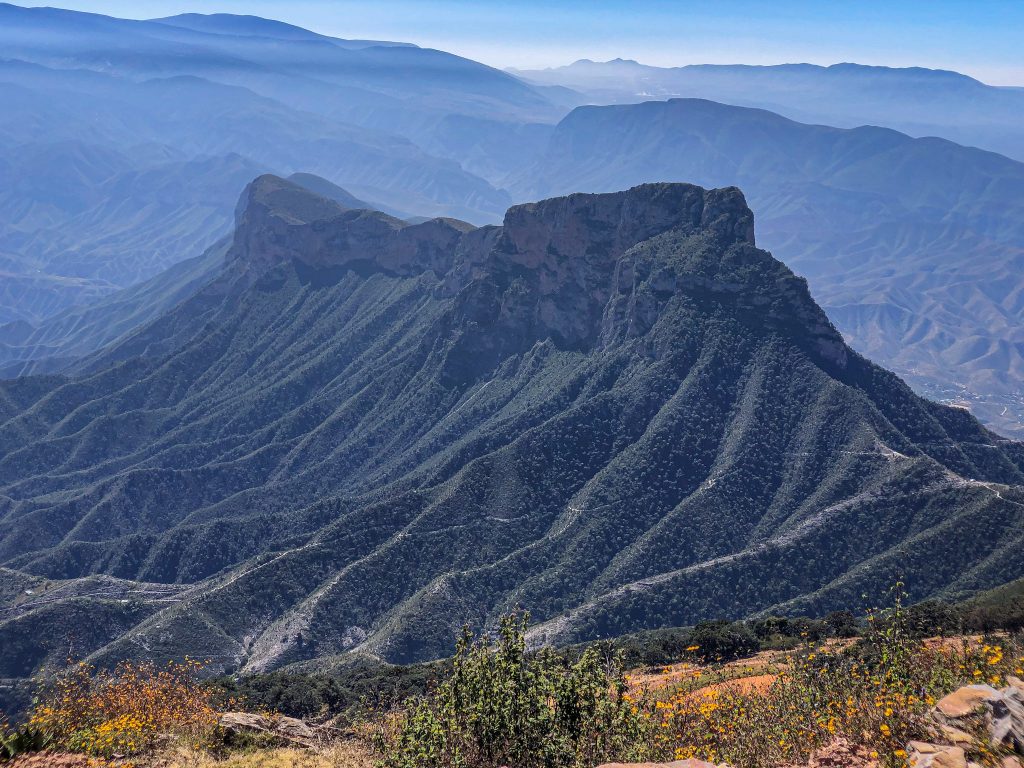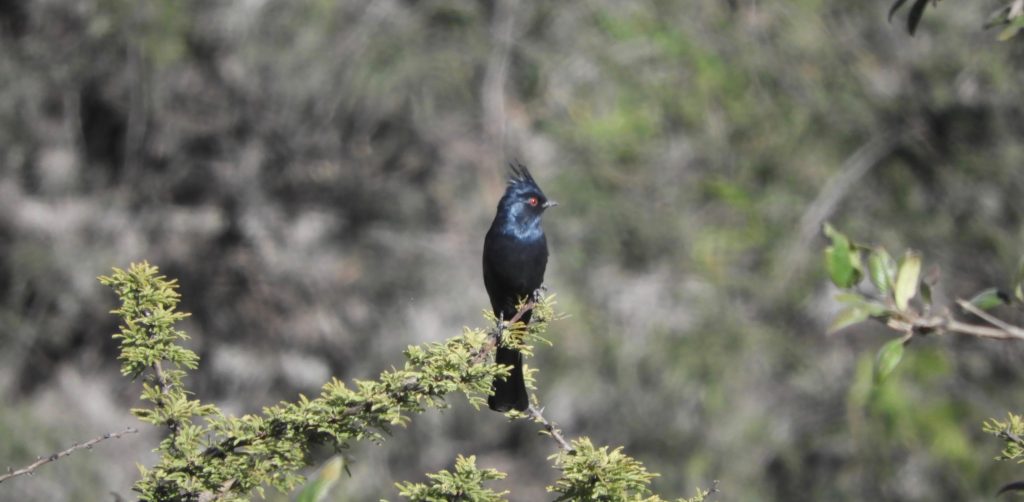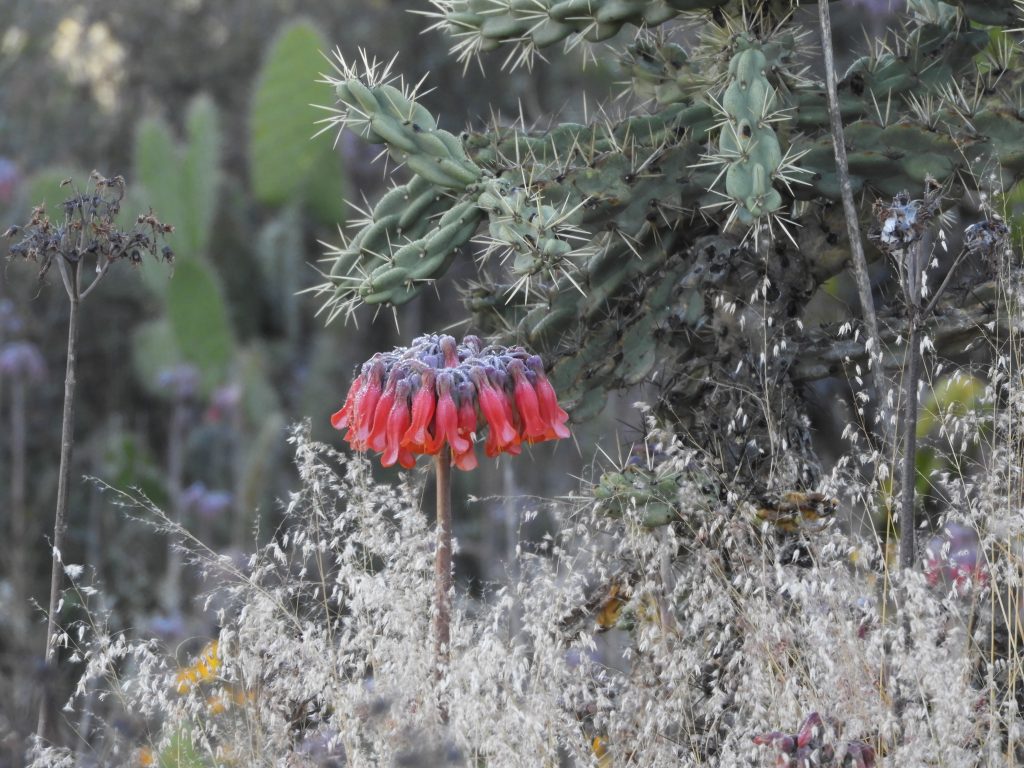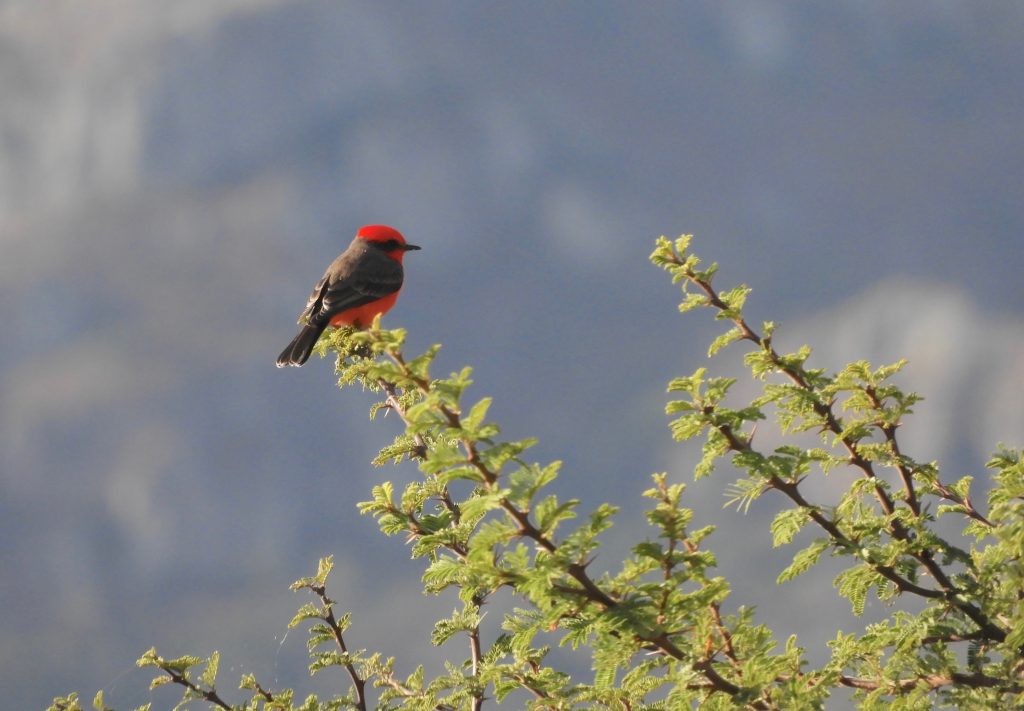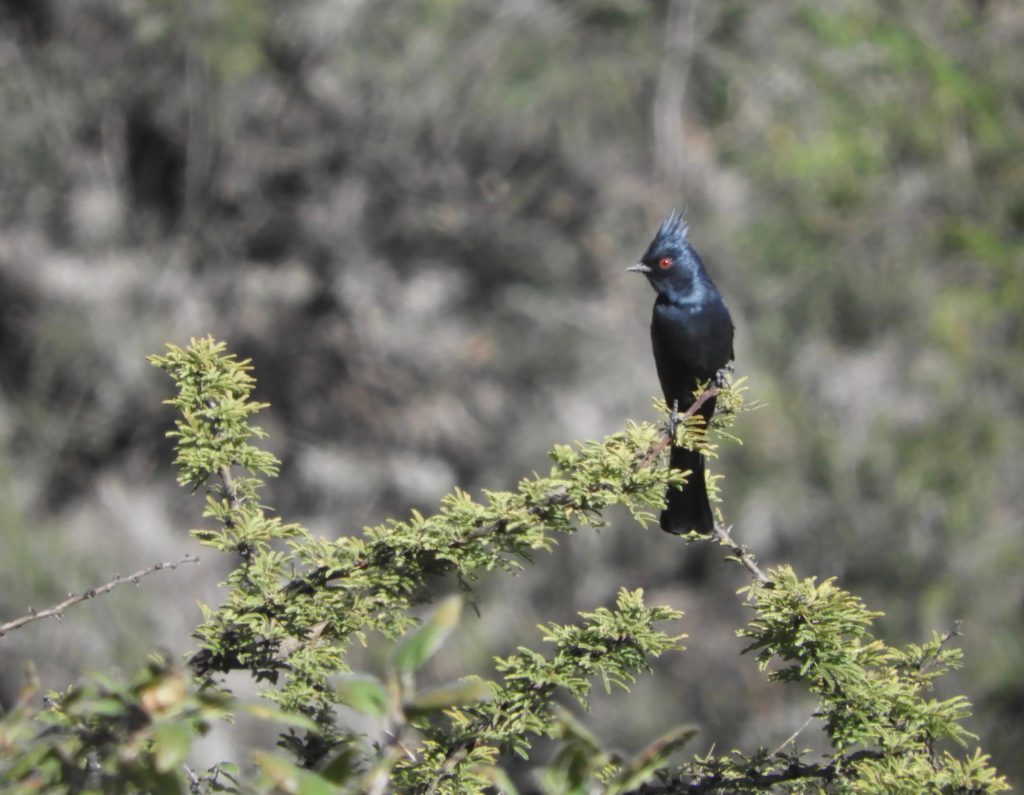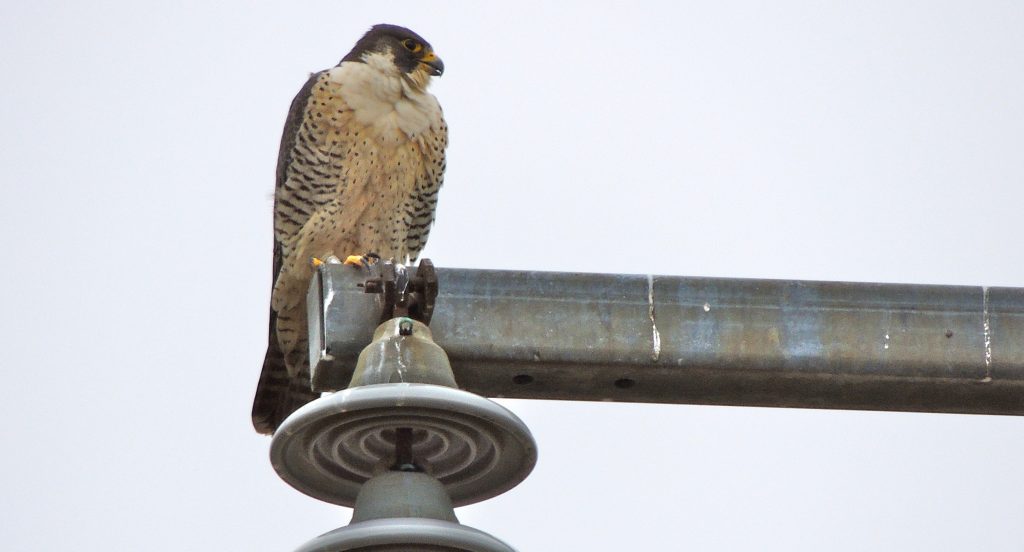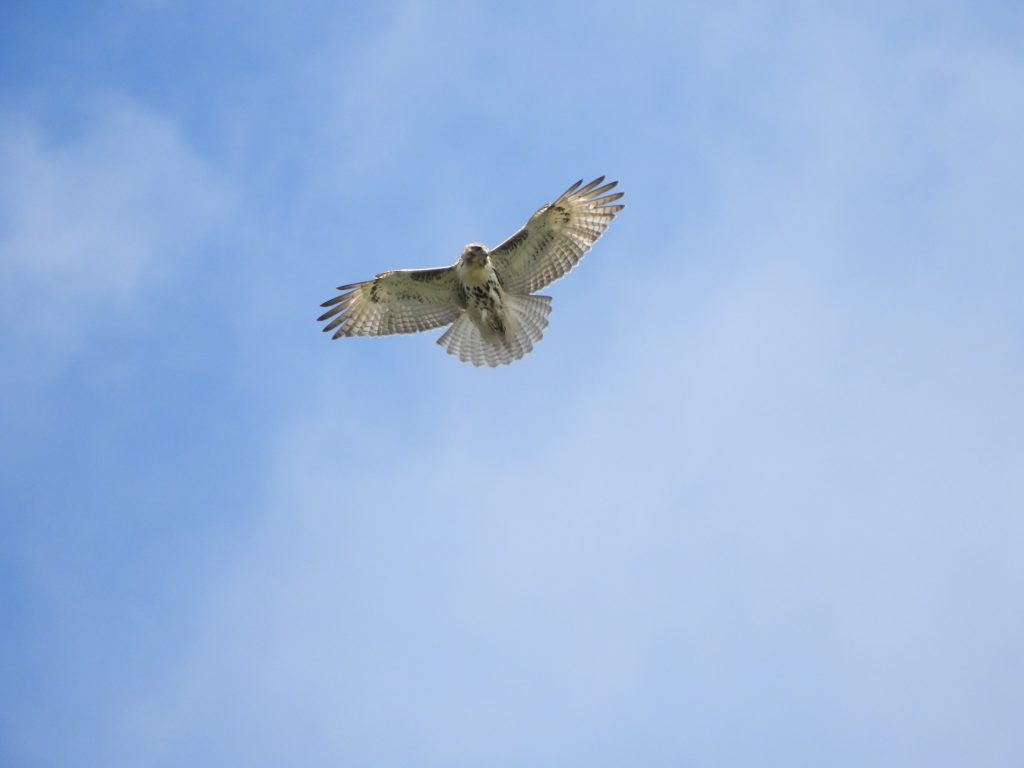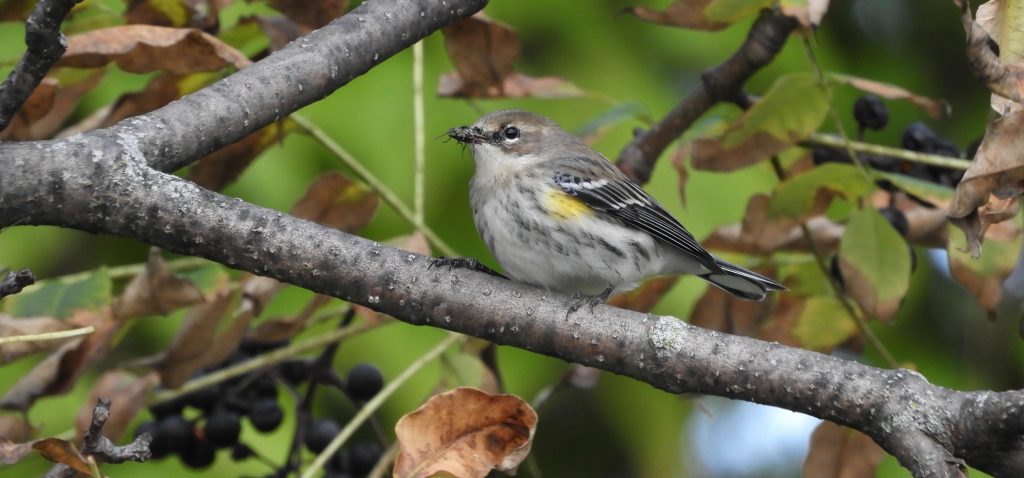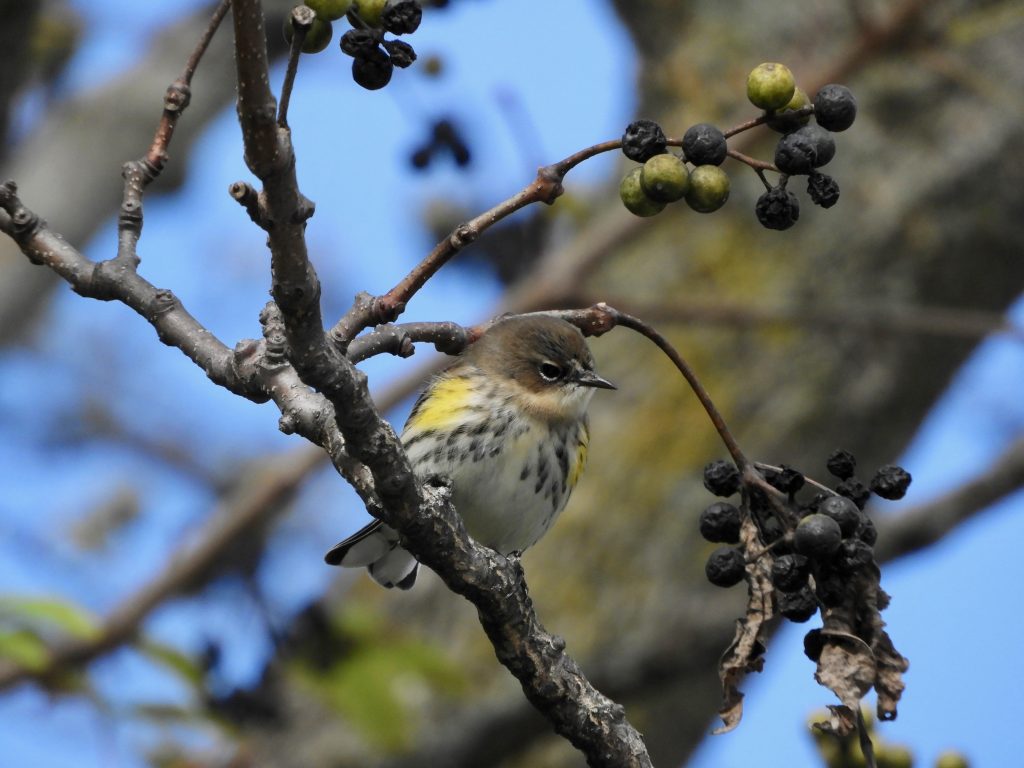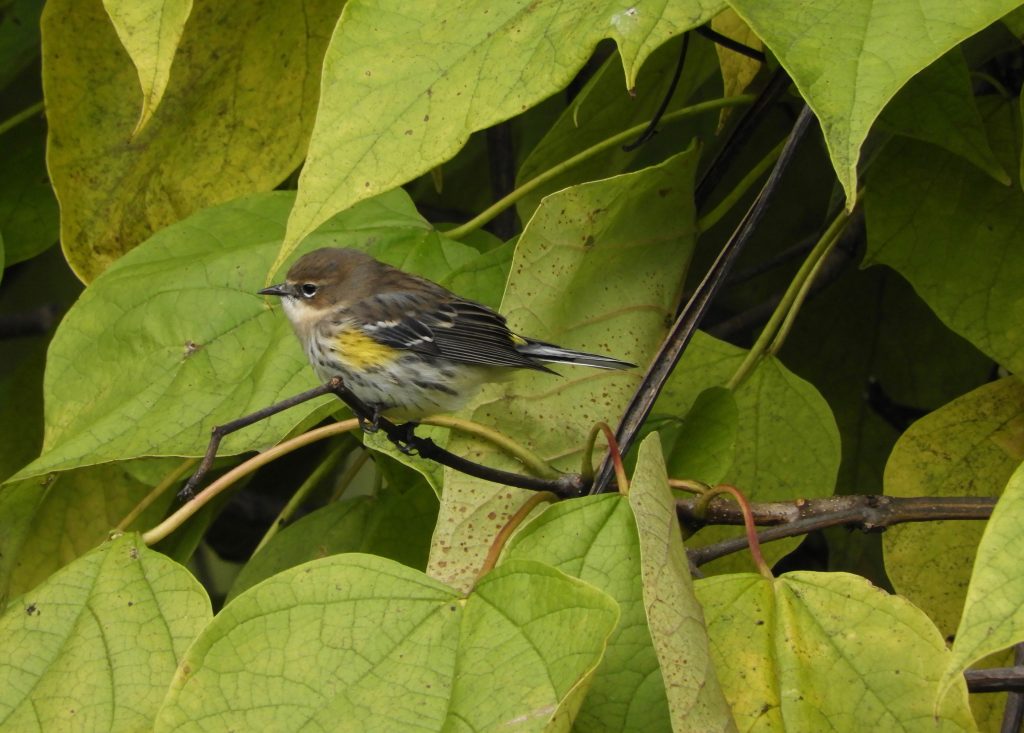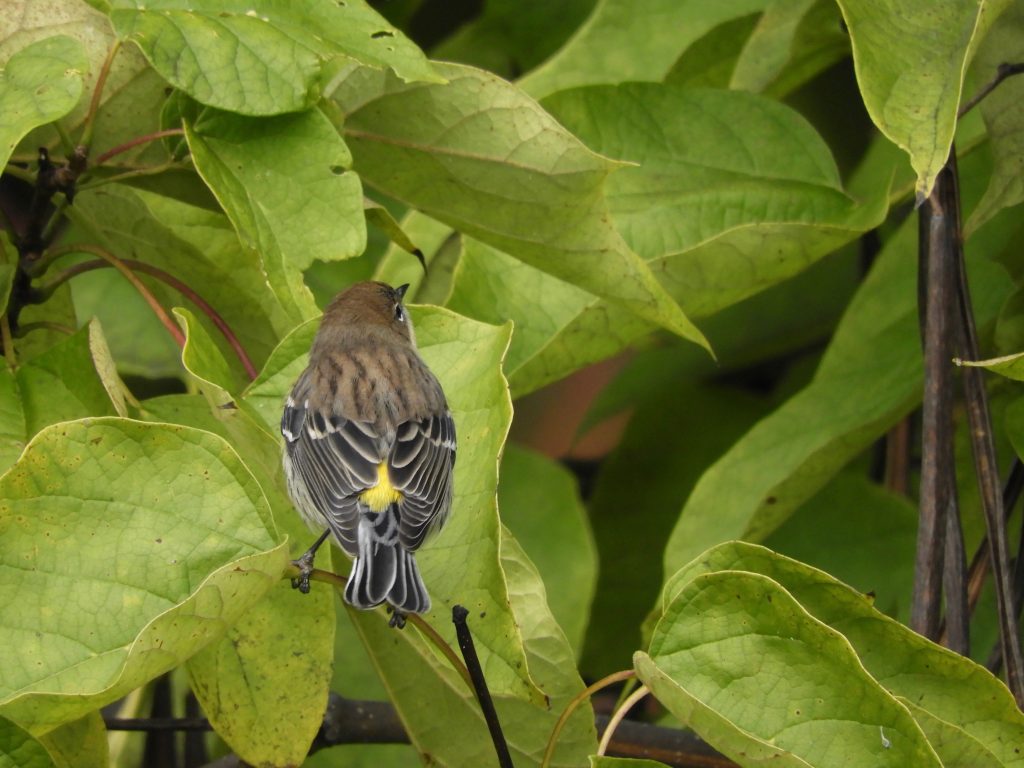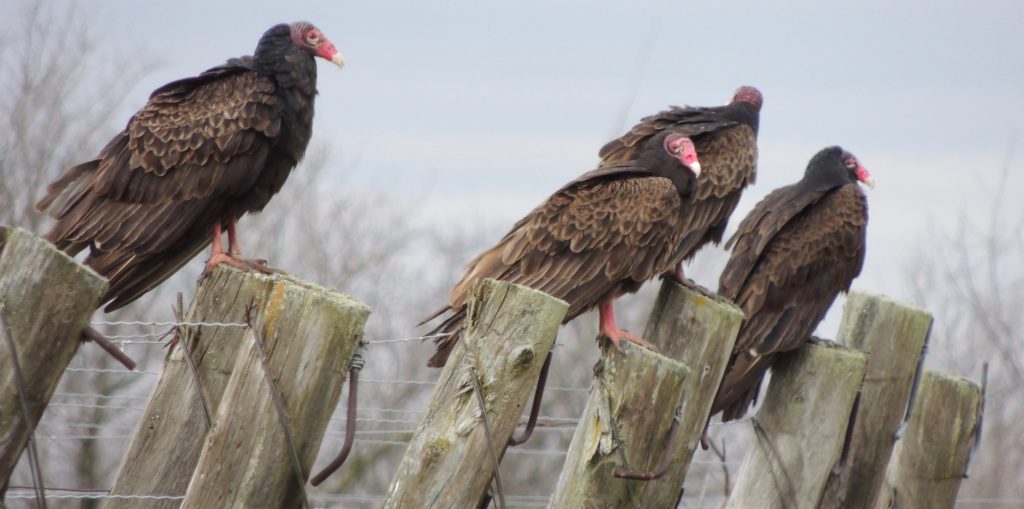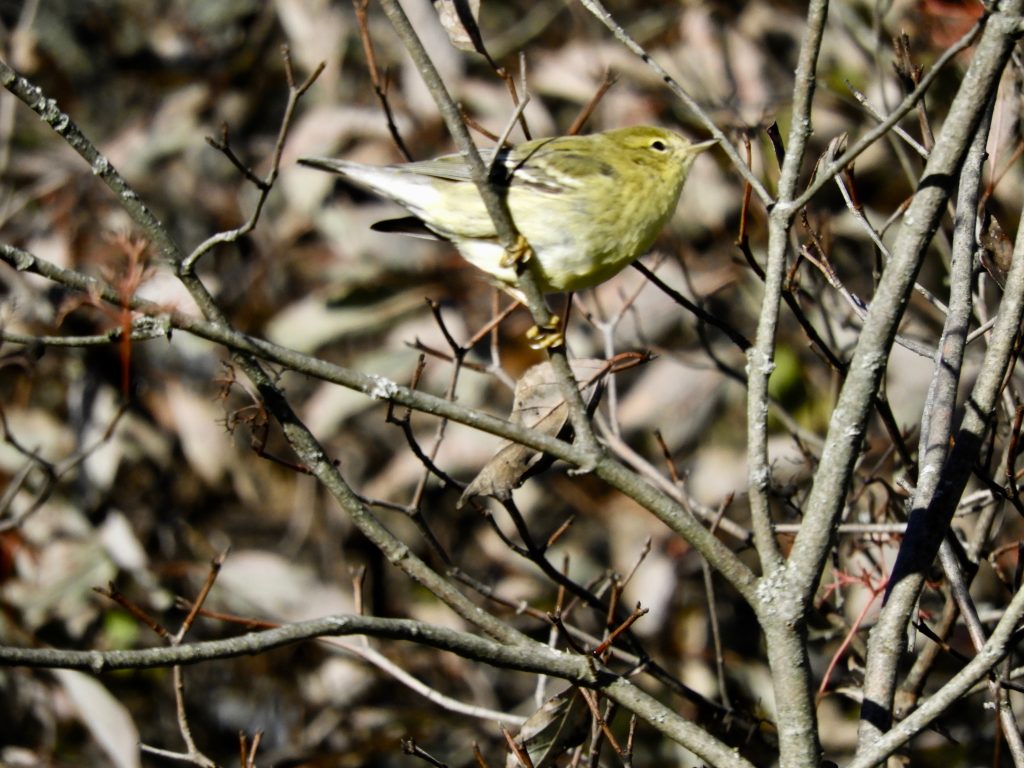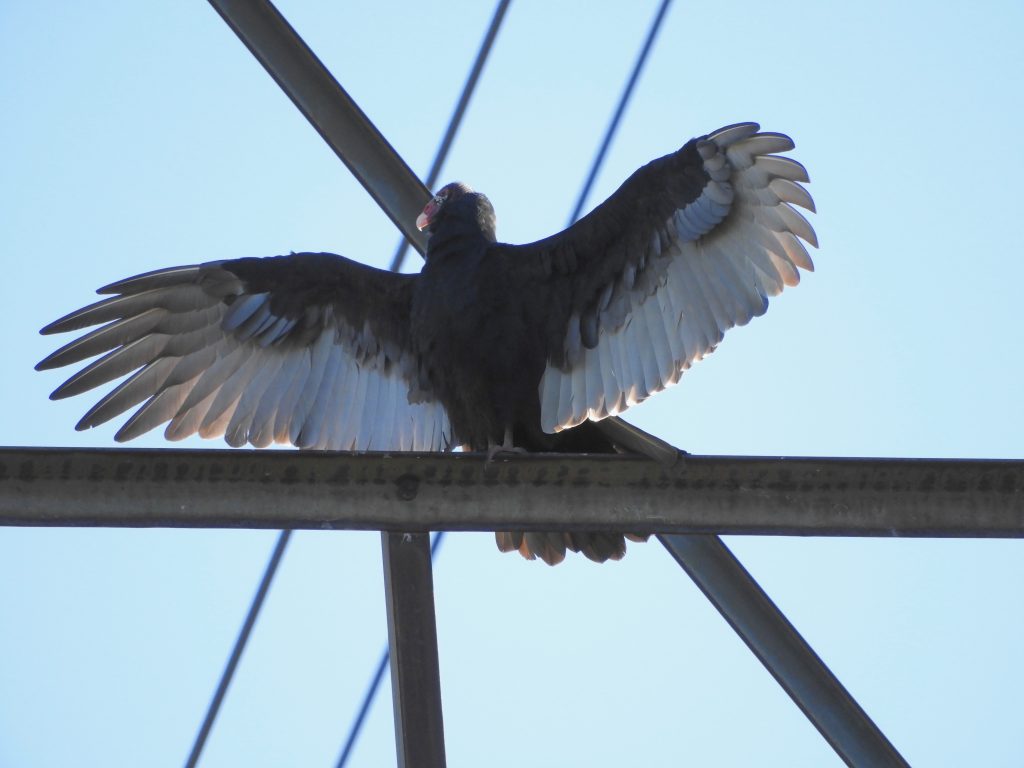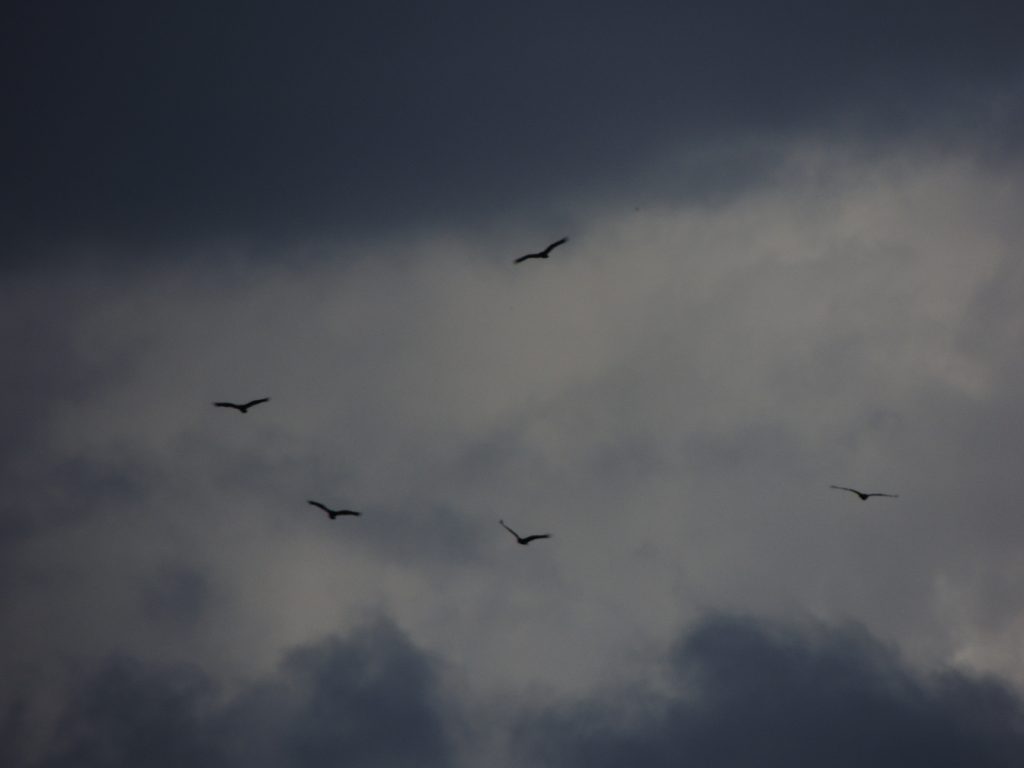
November 9 2021. Pinal de Amoles, Mexico. Our Mexican birding days usually started early and if the birding was good, lunch might easily get forgotten until quite late in the afternoon. Today when we had finally had enough of steep, narrow trails with spectacular views, enough of Mexican Jays, Hutton’s Vireos and Acorn Woodpeckers, enough of Black Vultures and Chihuahuan Ravens skidding past at eye level, we settled comfortably into a local restaurant, ready to take our time and unwind over a long lunch.
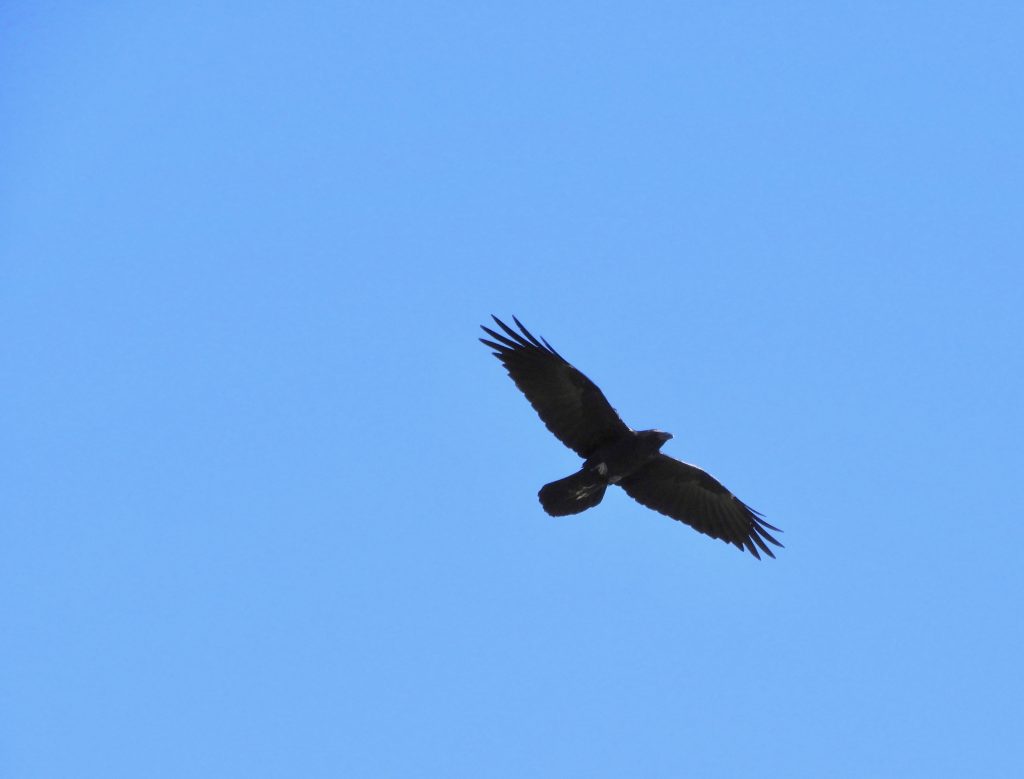
The lunch was good, they always were, all meals were an exploration of Mexican food for me. My companions helped with menu explanations as needed but I was happy to try anything, although sometimes I’d fall back on, “I’ll have the same as him.” It worked best when I was too tired to think.
Towards the end of lunch, Rodrigo, our Travelian Tours leader, returning from a minor errand, pointed out that he could hear the song of a Blue-throated Mountain-gem (below) coming from the adjacent courtyard. This was a too-good-to-miss opportunity for our group so we settled the bill and went looking. We found it, a female, feeding from the pendulous flowers of a large Fuchsia.
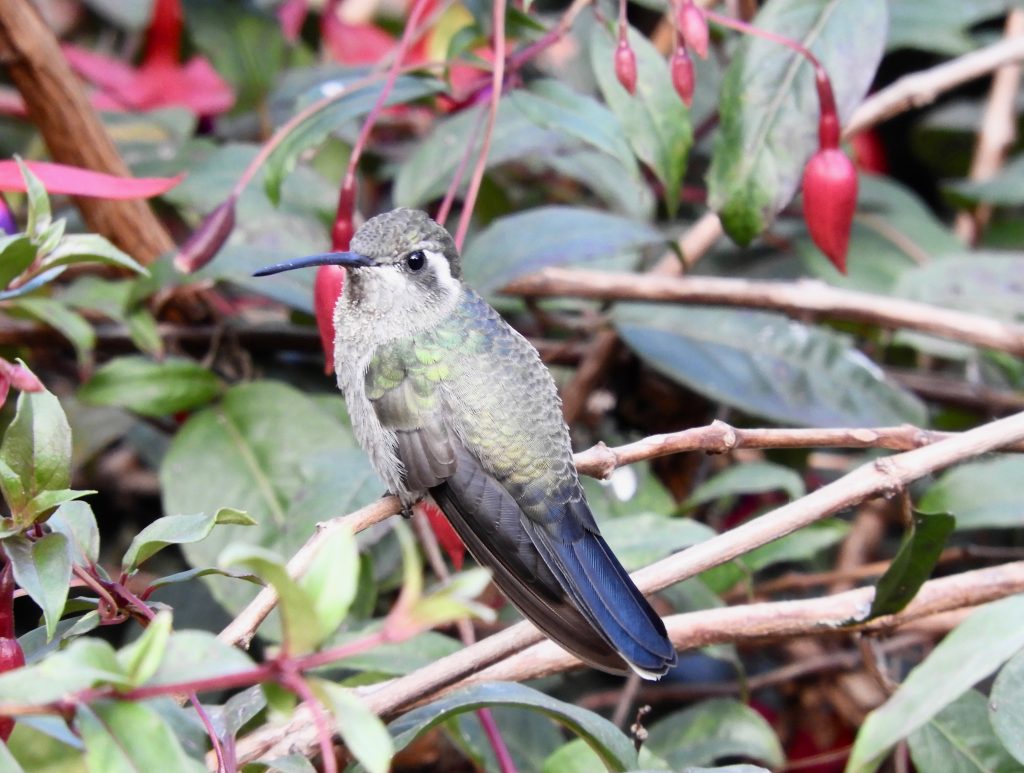 Mountain-gem is a touch misleading because it is a hummingbird; clearly. Until recently it was known as Blue-throated Hummingbird, but to satisfy hair-splitters in the bird-naming world, the Blue-throated and six other hummingbirds, were assigned to a distinctive Mountain-gem subgroup, probably because they are quite large, as hummingbirds go.
Mountain-gem is a touch misleading because it is a hummingbird; clearly. Until recently it was known as Blue-throated Hummingbird, but to satisfy hair-splitters in the bird-naming world, the Blue-throated and six other hummingbirds, were assigned to a distinctive Mountain-gem subgroup, probably because they are quite large, as hummingbirds go.
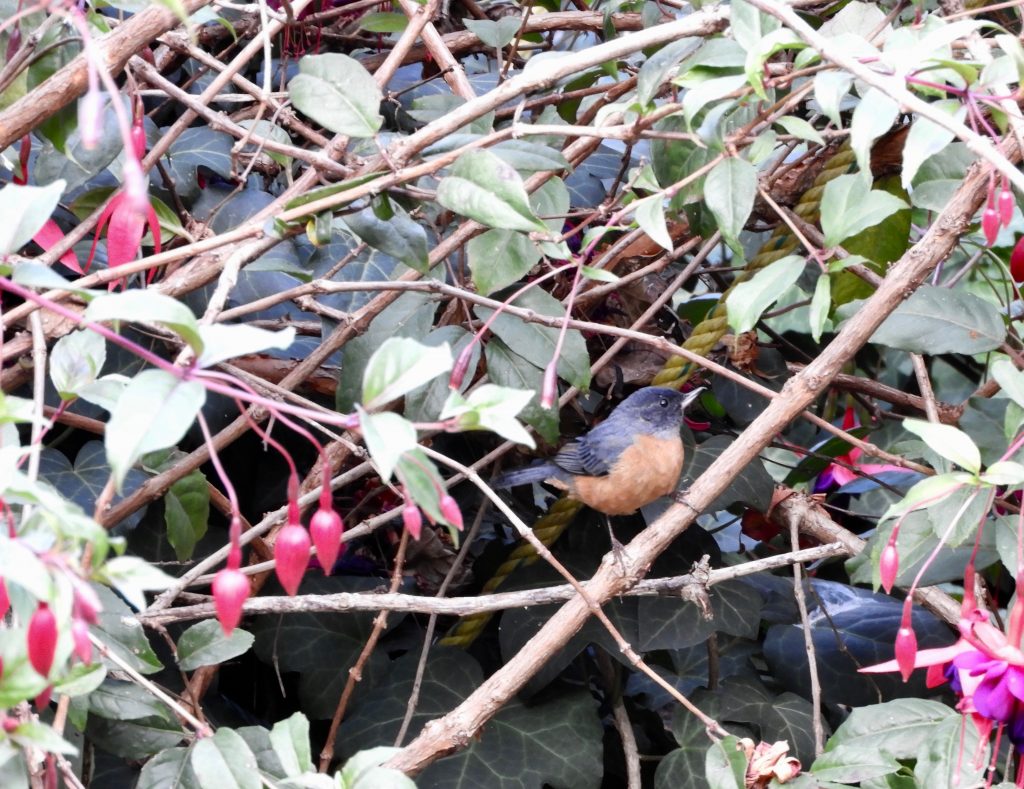 There was more. One of us suddenly noted a Cinnamon-bellied Flowerpiercer (above) working this same Fuchsia. This was a surprising discovery; an unexpected bonus and we were all in a good position to study it. Other than that efficient flower-piercing bill, it looks rather like a small version of our familiar American Robin. I take it from my more knowledgeable friends that it was a good sighting, so that made two, or maybe several, Birds of the Day.
There was more. One of us suddenly noted a Cinnamon-bellied Flowerpiercer (above) working this same Fuchsia. This was a surprising discovery; an unexpected bonus and we were all in a good position to study it. Other than that efficient flower-piercing bill, it looks rather like a small version of our familiar American Robin. I take it from my more knowledgeable friends that it was a good sighting, so that made two, or maybe several, Birds of the Day.
